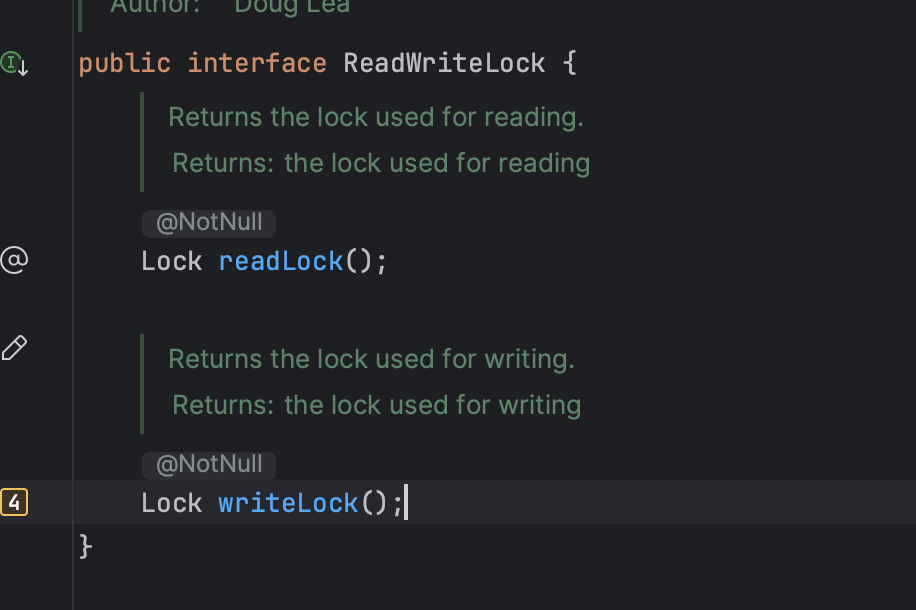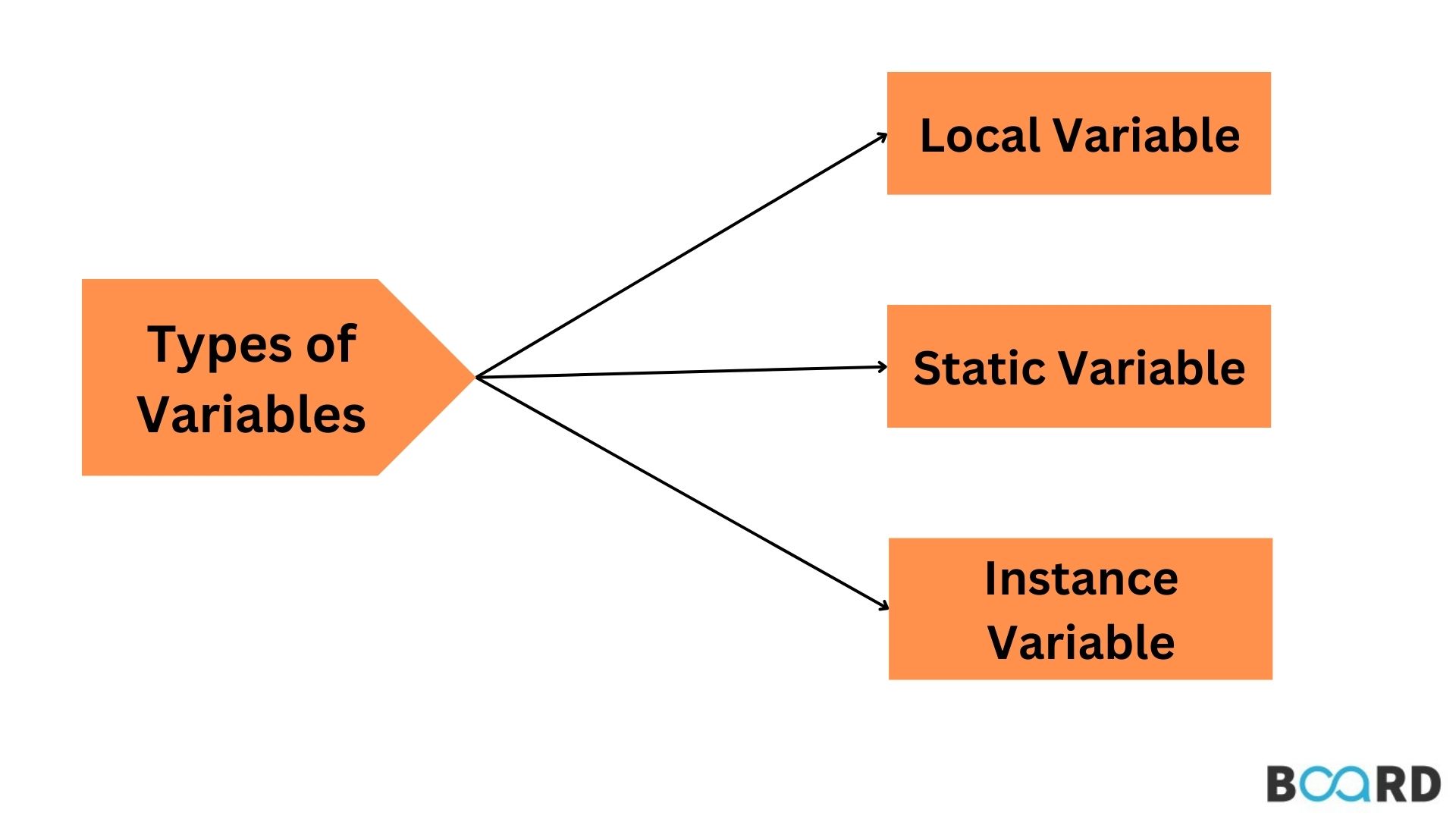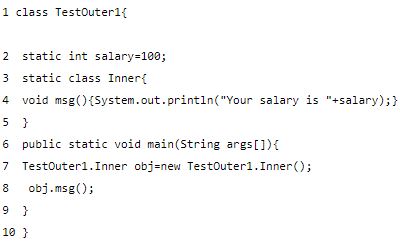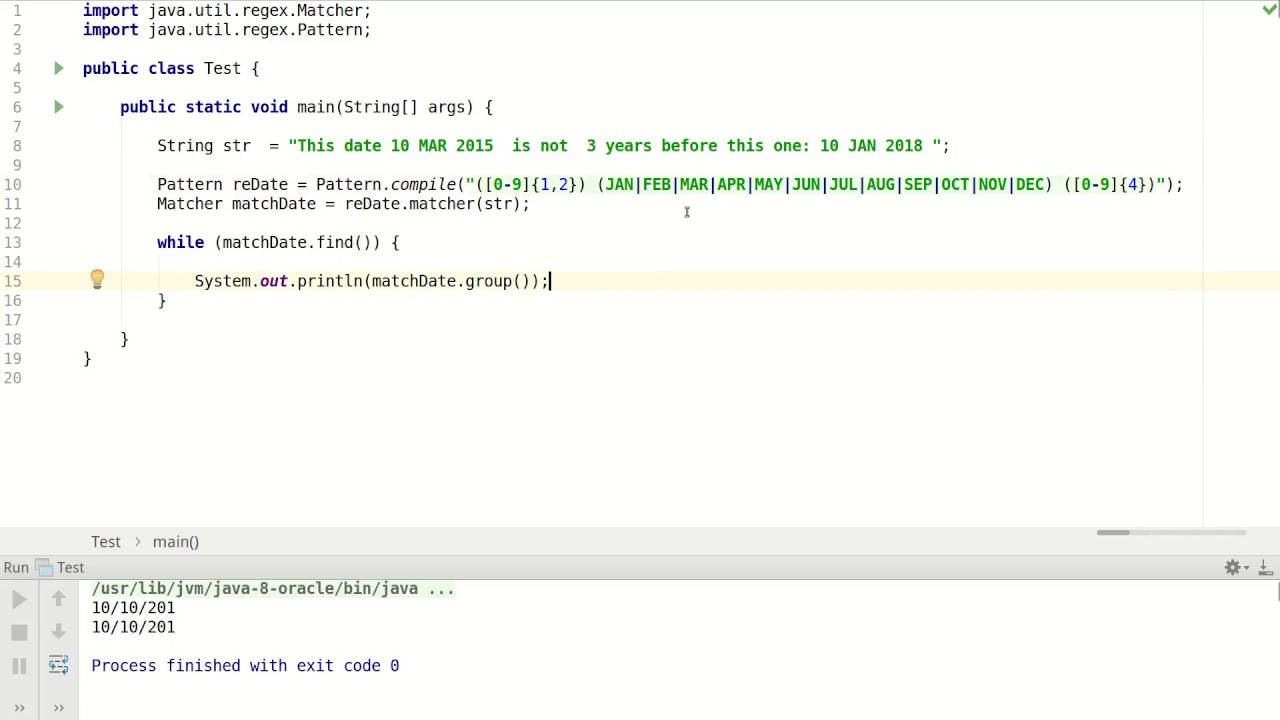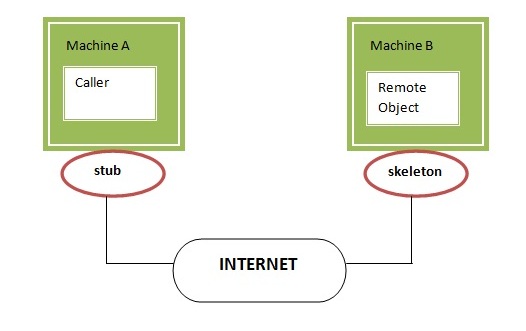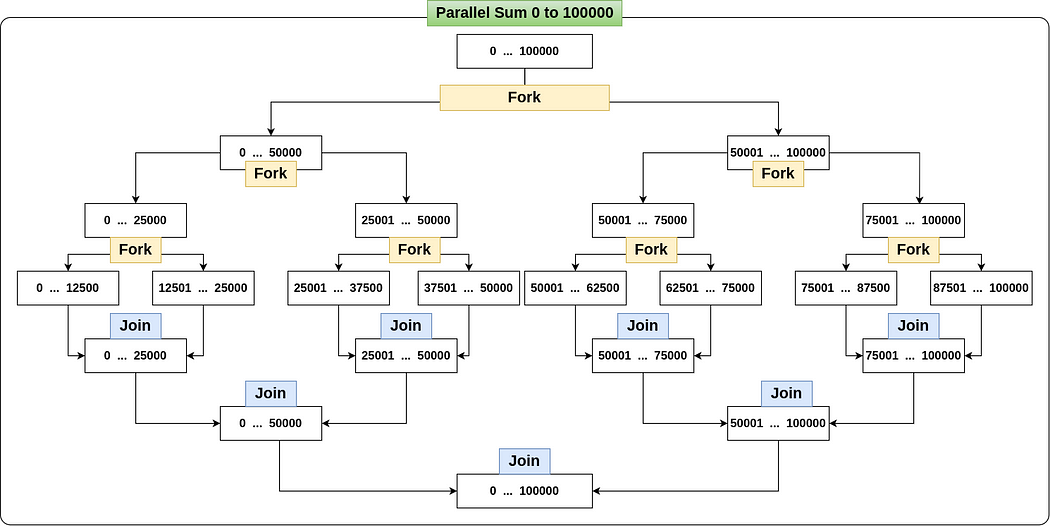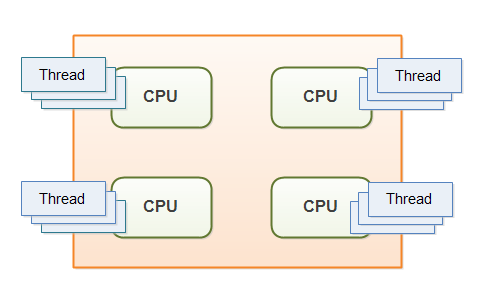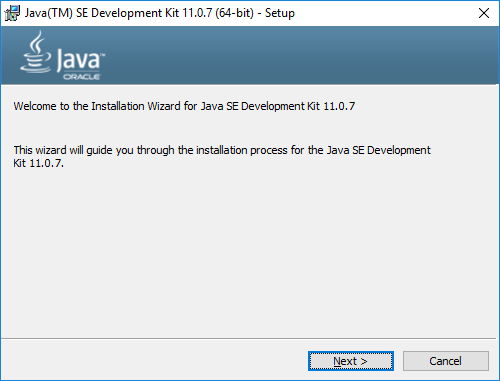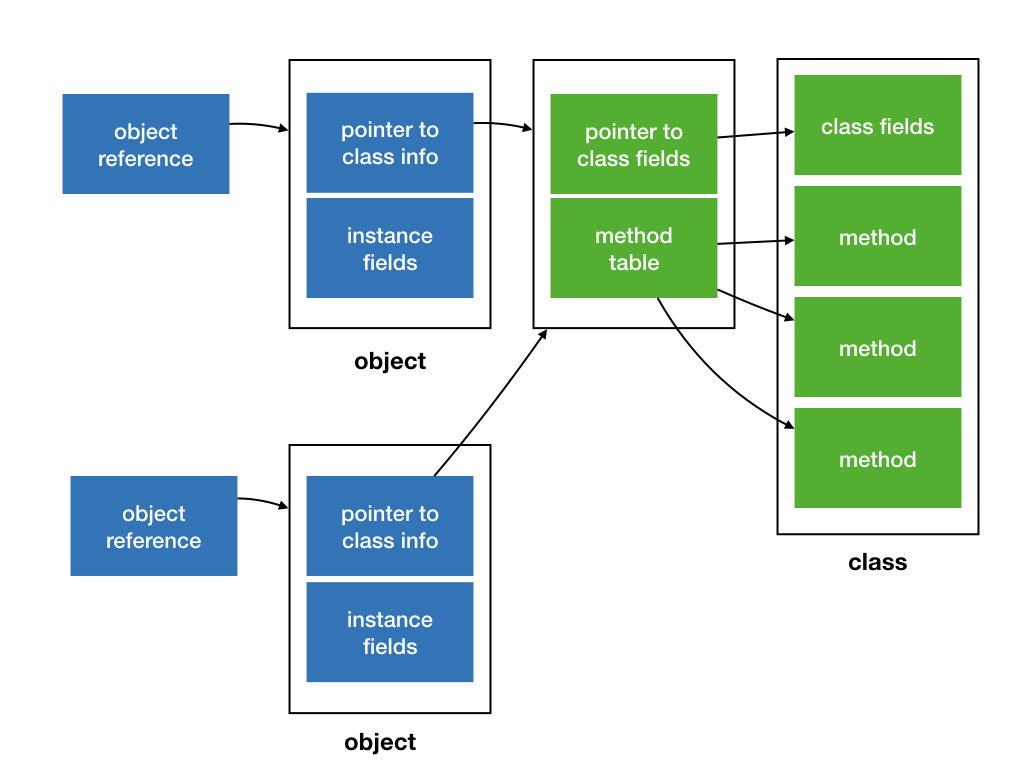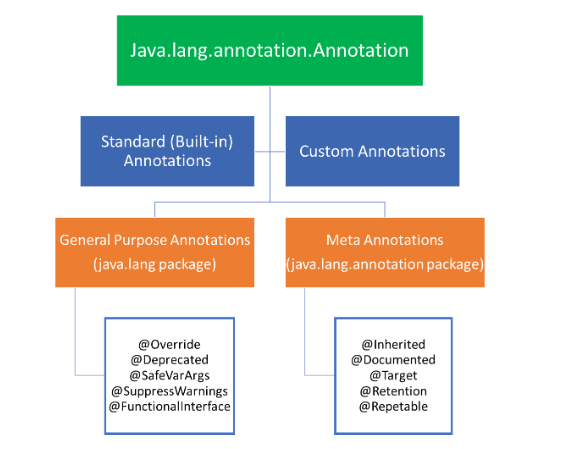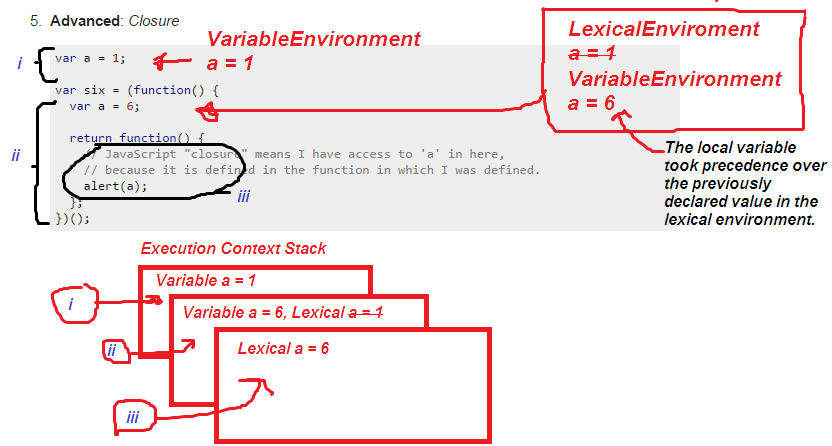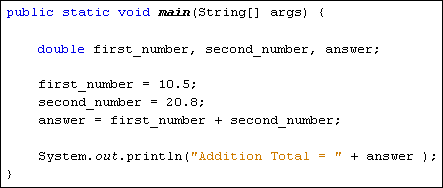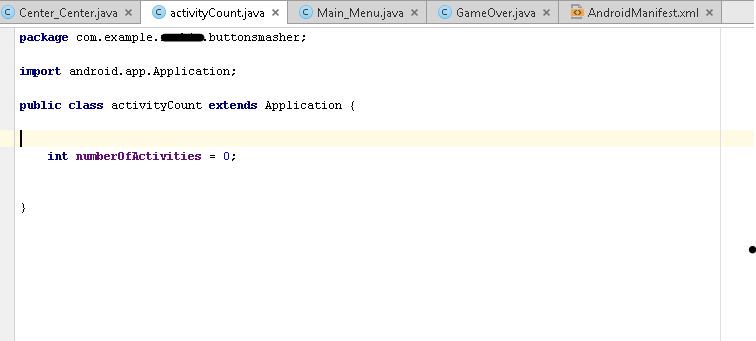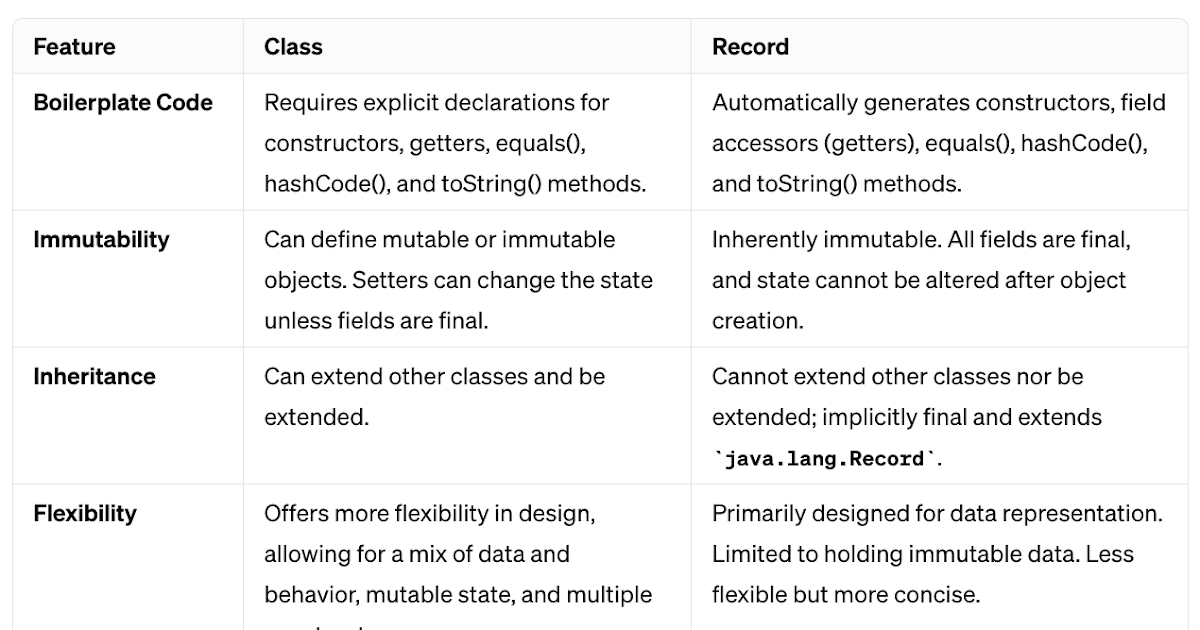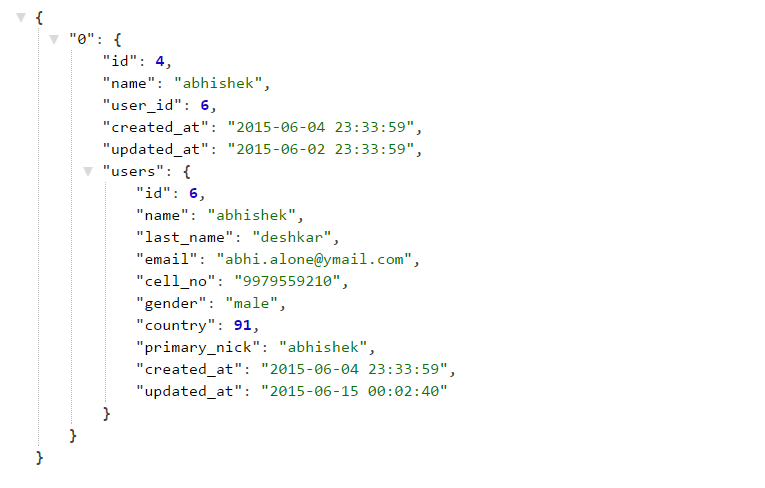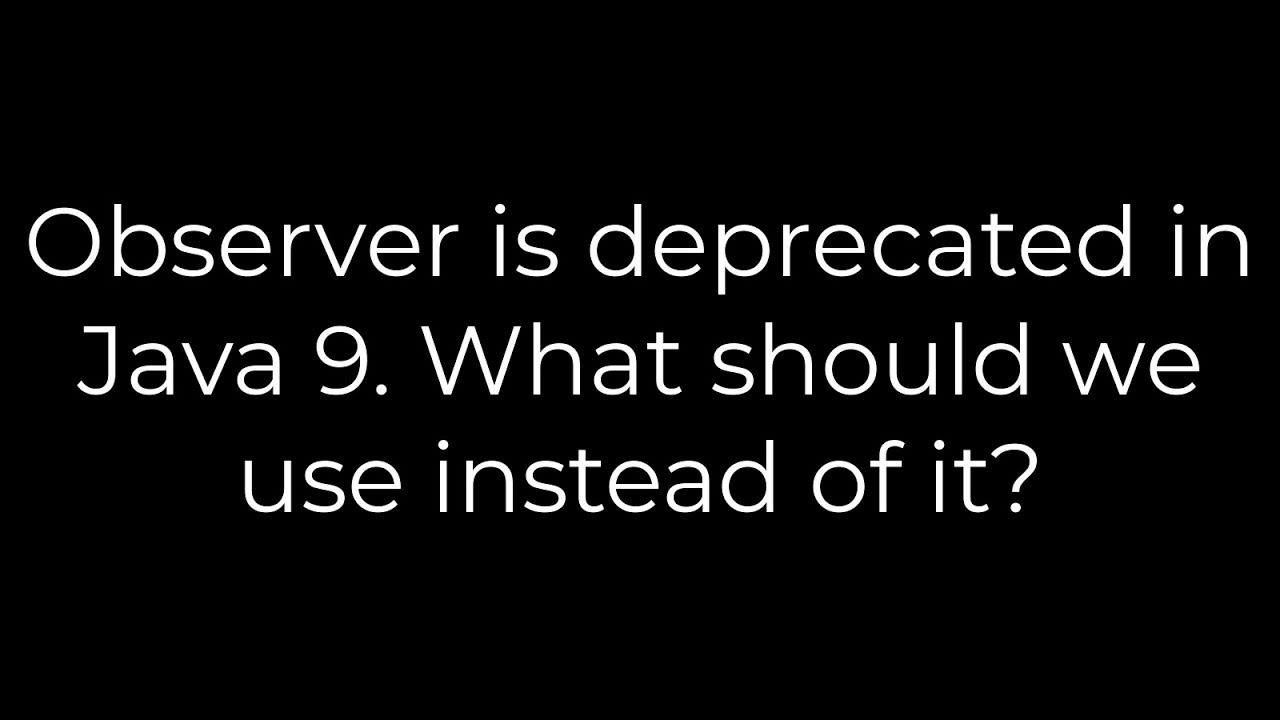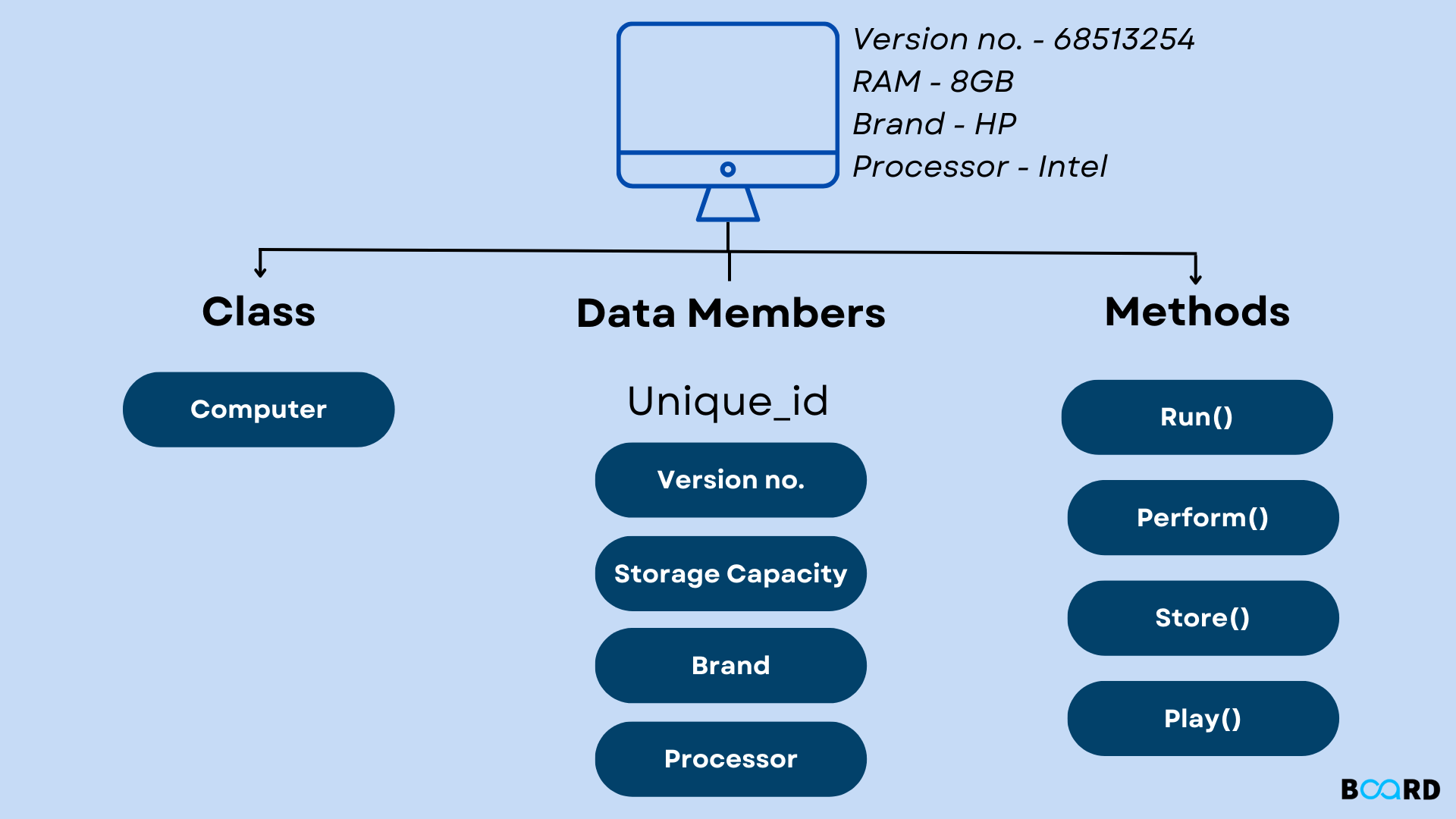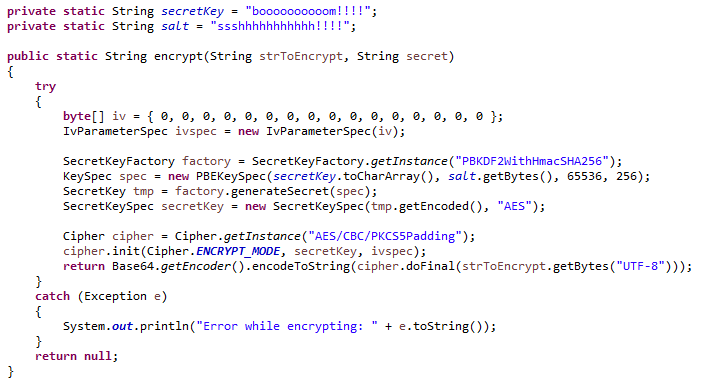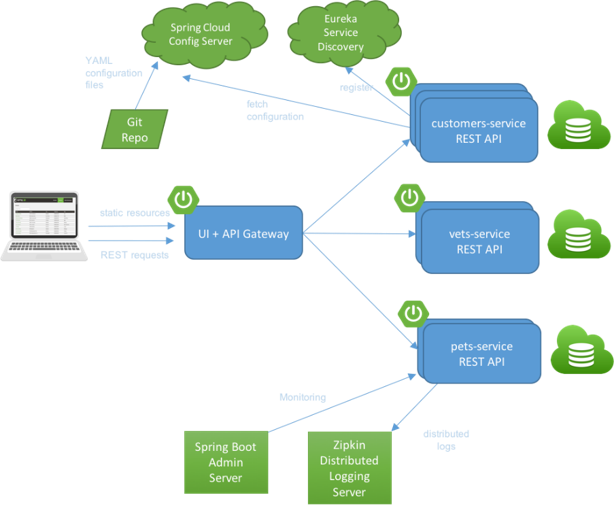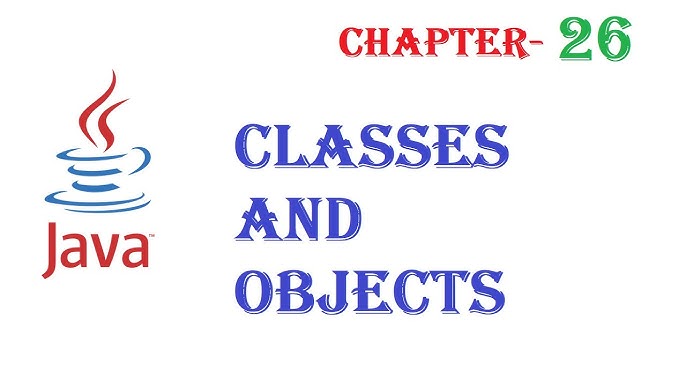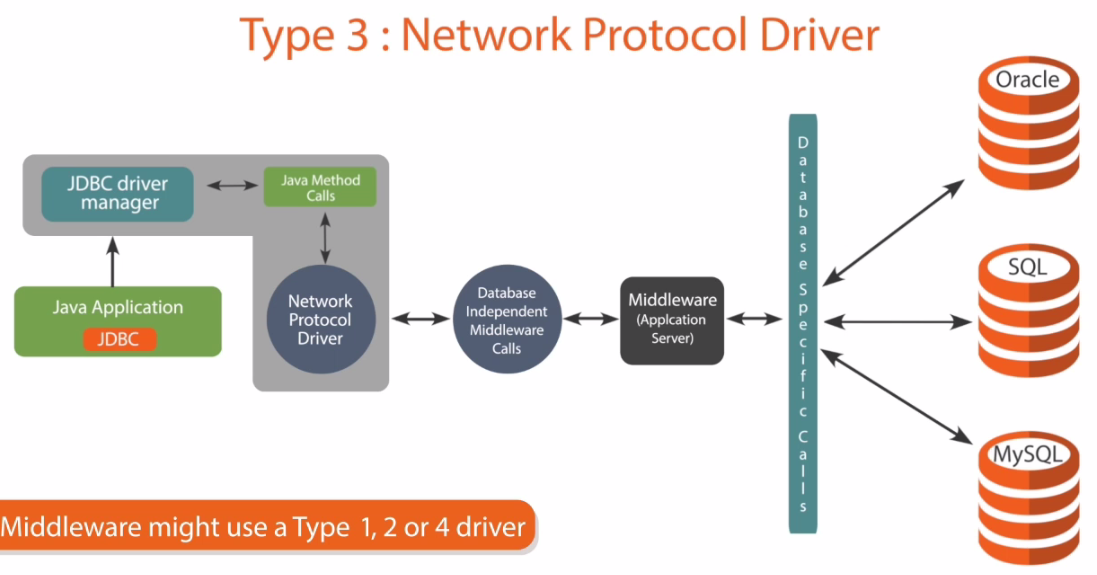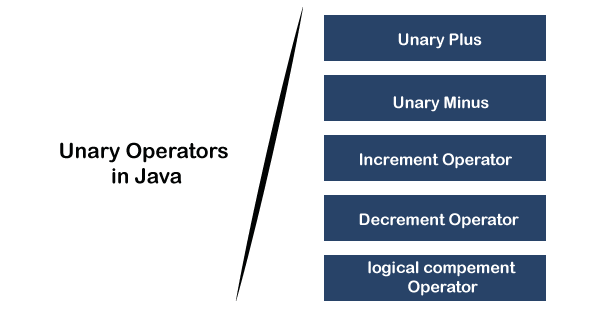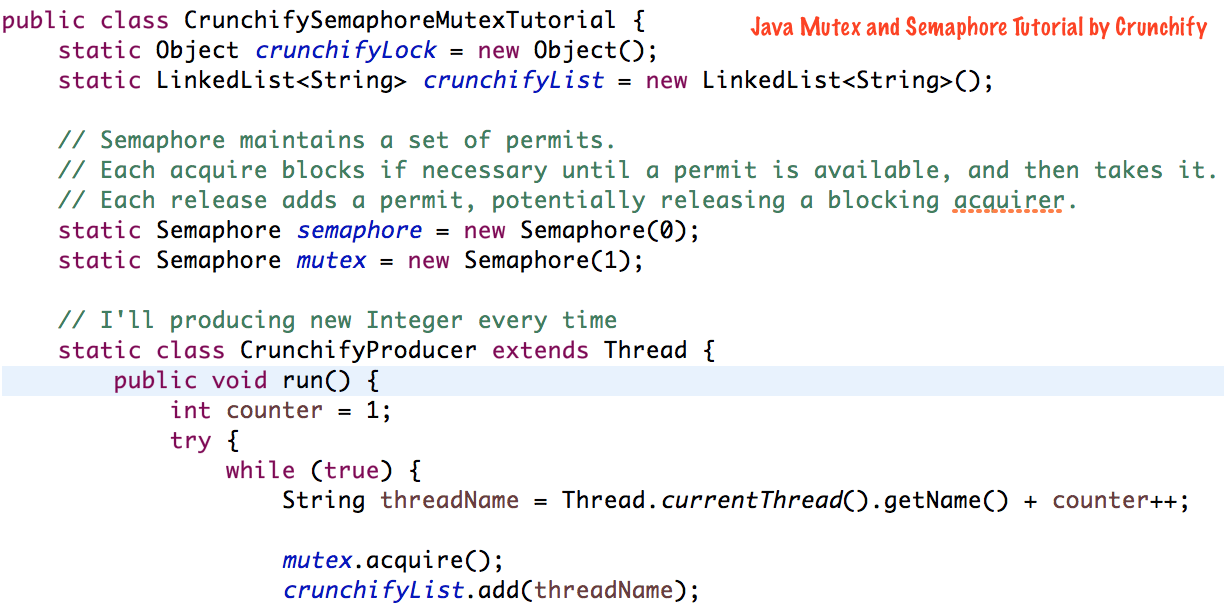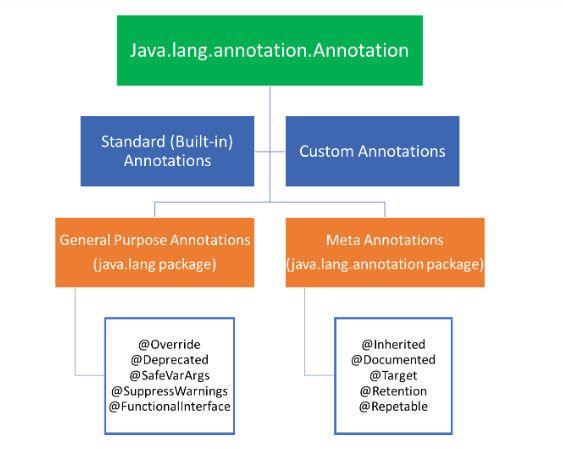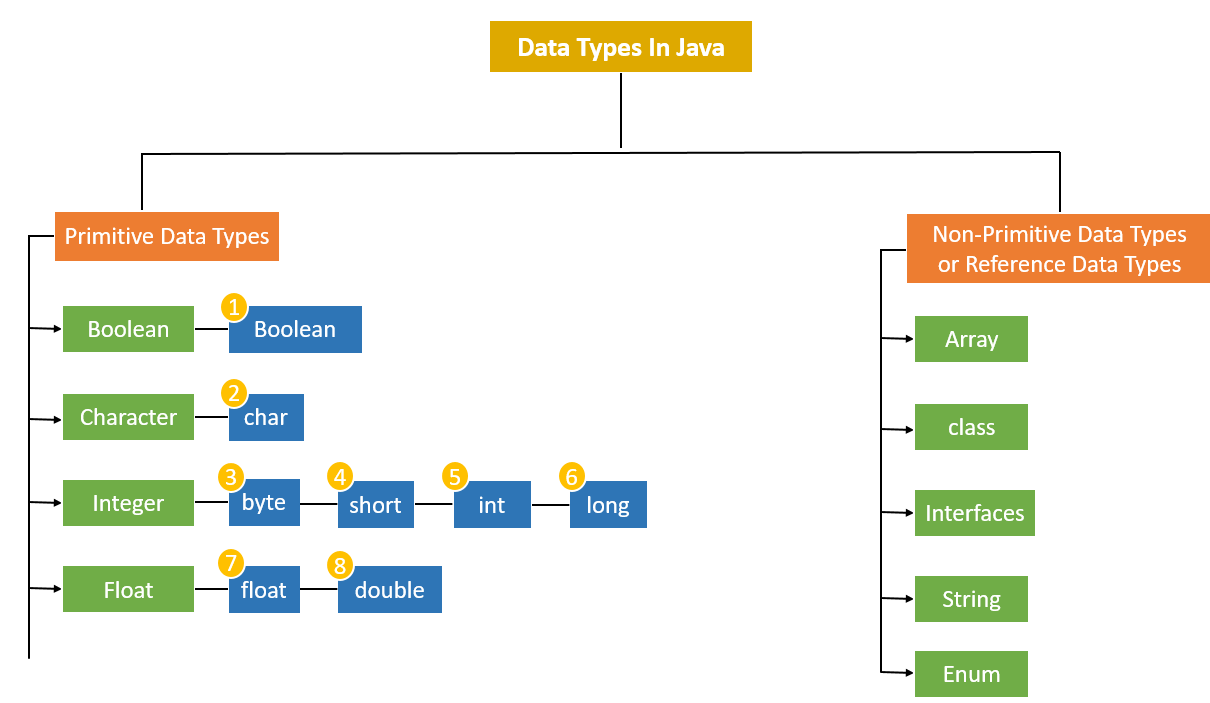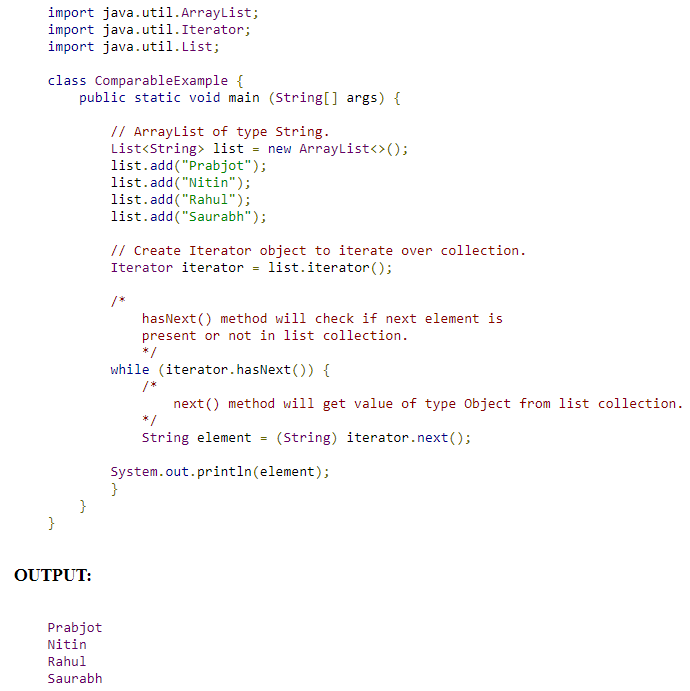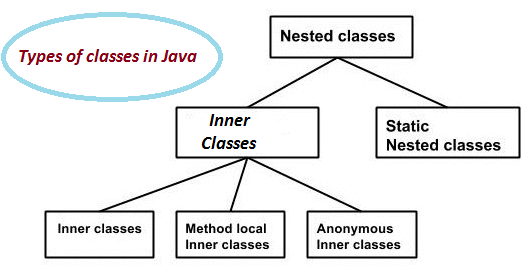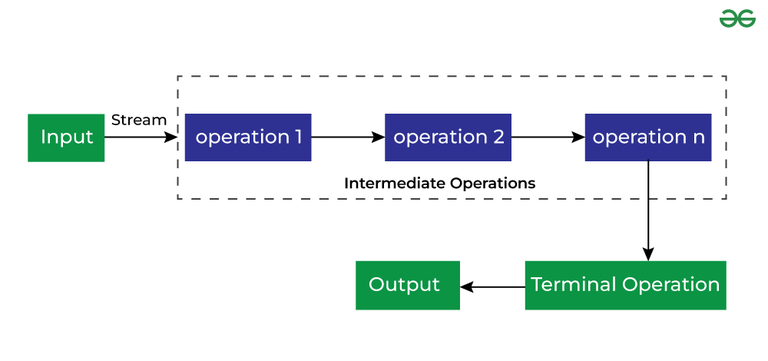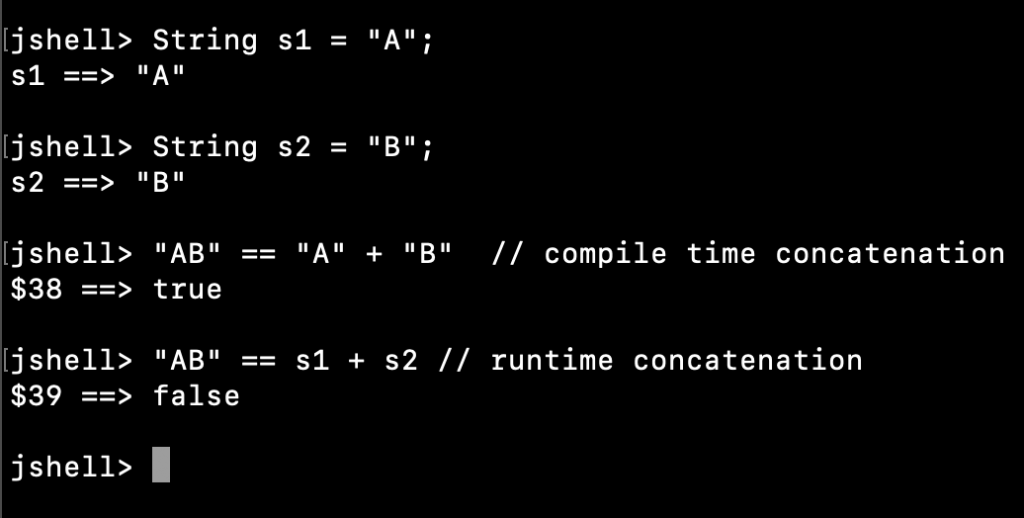Java Strategy pattern example
Java Strategy pattern example
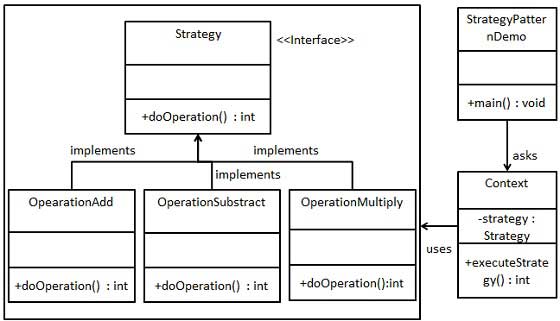
The Strategy pattern is a behavioral design pattern that defines a family of algorithms, encapsulates each one as an object, and makes them interchangeable. This allows for algorithm selection based on requirements or conditions.
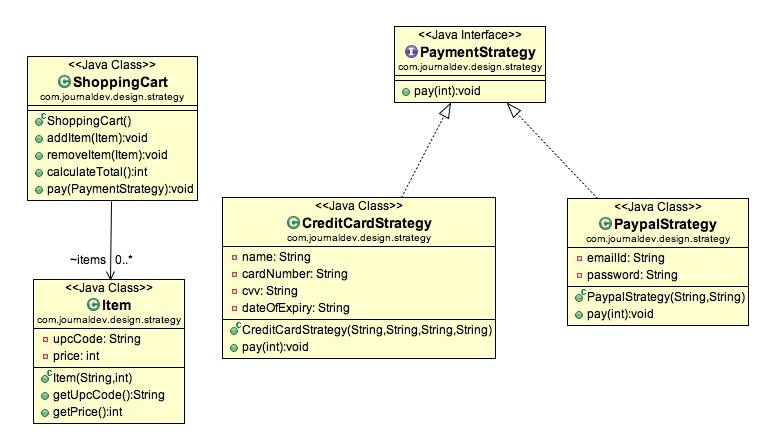
Let's consider a Java implementation of the Strategy pattern for processing different types of text formats (e.g., PDF, DOCX, TXT). We'll create a TextProcessor interface that declares a method process() to be implemented by concrete strategies.
// TextProcessor interface
public interface TextProcessor {
void process(String text);
}
// Concrete strategy classes for processing different text formats
class PDFTextProcessor implements TextProcessor {
@Override
public void process(String text) {
System.out.println("Processing PDF text: " + text);
}
}
class DOCXTextProcessor implements TextProcessor {
@Override
public void process(String text) {
System.out.println("Processing DOCX text: " + text);
}
}
class TXTTextProcessor implements TextProcessor {
@Override
public void process(String text) {
System.out.println("Processing TXT text: " + text);
}
}
// Context class that uses the strategy interface to execute different processing algorithms
public class TextConverter {
private TextProcessor processor;
public TextConverter(TextProcessor processor) {
this.processor = processor;
}
public void convertText(String text) {
processor.process(text);
}
}
// Client code that creates and uses different strategies
public class Main {
public static void main(String[] args) {
// Create different text processors as strategies
TextProcessor pdfProcessor = new PDFTextProcessor();
TextProcessor docxProcessor = new DOCXTextProcessor();
TextProcessor txtProcessor = new TXTTextProcessor();
// Create a TextConverter context and use the different strategies
TextConverter converter = new TextConverter(pdfProcessor);
converter.convertText("Hello, World!");
converter = new TextConverter(docxProcessor);
converter.convertText("This is a sample document.");
converter = new TextConverter(txtProcessor);
converter.convertText("Sample text for testing.");
}
}
In this example:
We define theTextProcessor interface with the process() method. We create three concrete strategy classes (PDFTextProcessor, DOCXTextProcessor, and TXTTextProcessor) that implement the TextProcessor interface, each responsible for processing a specific text format. The TextConverter class acts as the context, using the TextProcessor interface to execute different processing algorithms based on the strategy chosen (i.e., which processor is passed in). In the client code (Main class), we create instances of each processor and pass them to the TextConverter constructor to select the desired algorithm for text processing.
This implementation showcases the Strategy pattern's flexibility and decoupling, as it allows us to change the text processing algorithm without modifying the context or the clients that use it.
What is strategy in Java?
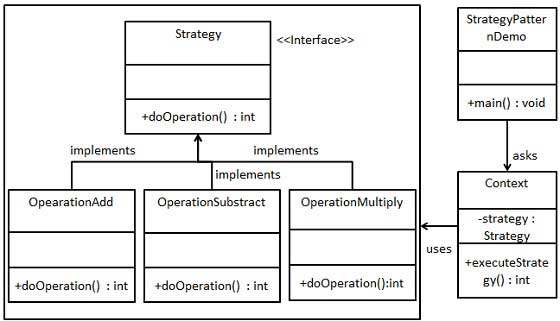
I'd be happy to help!
In the context of software development with Java, a strategy refers to an overall plan or approach to achieve a specific goal or solve a particular problem. It's a high-level concept that defines how a system should behave in terms of decision-making, interactions, and relationships among its components.
In object-oriented programming (OOP), strategies are often used as patterns to encapsulate algorithms and behaviors that can be applied to different situations. These patterns provide a way to define reusable solutions for common problems, making it easier to write flexible, maintainable, and scalable code.
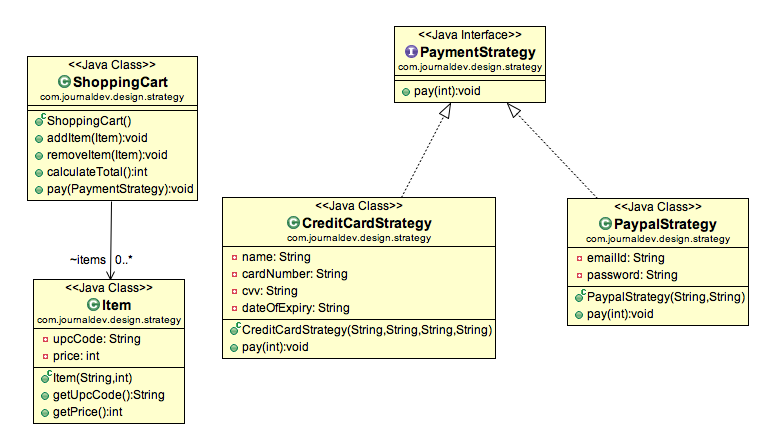
A strategy in Java typically involves the following key elements:
Context: The situation or problem domain where the strategy is applicable. Strategy interface: An abstract class or interface that defines the contract for implementing specific strategies. Concrete strategies: Individual implementations of the strategy interface, each with its own algorithm or behavior.When designing a strategy in Java, you might consider the following best practices:
Encapsulate algorithms: Hide complex logic behind a simple interface, allowing for easy substitution and reuse of different algorithms. Decouple dependencies: Use dependency injection or abstract interfaces to minimize coupling between components and make it easier to change or replace individual parts. Use composition over inheritance: Favor creating objects from other classes (composition) rather than inheriting behavior from parent classes.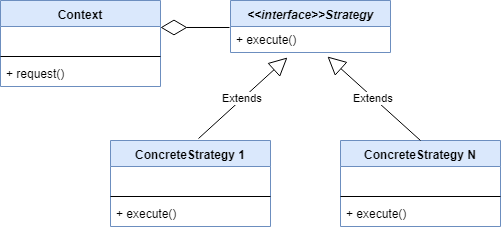
Some common scenarios where strategies are useful in Java include:
Decision-making: Defining a set of possible decisions based on specific conditions, such as determining the best way to handle an error or the most suitable algorithm for solving a problem. Behavioral variations: Providing different implementations of a behavior (e.g., logging, caching, or encryption) that can be swapped in and out depending on the situation. Algorithm selection: Choosing the most appropriate algorithm from a set of possible options based on specific criteria, such as performance requirements or data constraints.By applying strategies in Java, you can create more modular, flexible, and maintainable code, making it easier to adapt to changing requirements and improve overall software quality.
Hope that helps!
